Last Updated on March 18, 2020
Americans are currently experiencing an epidemic caused by a novel coronavirus known as COVID-19. At the time of publishing, there are over 7000 cases of COVID-19 in the United States and more than 100 Americans have died. The numbers are growing exponentially every day as testing has been slow to implement and official messaging has confusingly contradicted itself at times and dangerously downplayed the risks at others.
The coronavirus is easy to pass from person to person, and people may be contagious even without presenting any symptoms. While most people may not be at risk of lasting harm or death from COVID-19, it poses a significant risk to older people and those with compromised immune systems. Epidemics take a toll on healthcare services as the system is burdened with people seeking care, which also puts vulnerable people at higher risk of death. It is for that reason that it is everyone’s job to follow social distancing measures to avoid spreading illness to others, and keep the epidemic in slow motion.
“Social distancing” is a term applied to actions that are meant to stop or slow the spread of contagious diseases; it is, literally, maintaining distance between people — a suggested six feet in the case of COVID-19. Social distancing also involves avoiding contact with other people. Avoid public transportation whenever possible, limit nonessential travel, work from home and skip social gatherings. Some states have ordered restaurants and bars closed and banned gatherings of more than 25-50 people, leading to many events (sports, concerts, etc.) to being postponed or cancelled in the interest of public health. Some U.S. counties are even under order to shelter-in-place.
Social distancing does not mean that one cannot go outside — just that they should limit contact with other people. When you do leave your home, wipe down any surfaces you come into contact with, disinfect your hands with an alcohol-based sanitizer and avoid touching your face. Most importantly, frequently wash your hands — especially whenever you come in from outside, before you eat, or before you’re in contact with the very old or very young.
The importance of social distancing can be seen in the aftermath of an outbreak caused by a “super-spreader” — an individual with the ability to infect a disproportionately large number of people. One person in South Korea, known as Patient 31, has been linked to hundreds of confirmed cases of COVID-19 in the country at a time when they believed to have it contained.
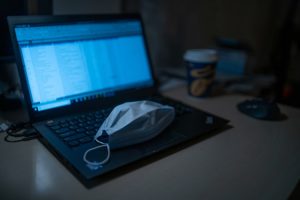
On a typical day, health systems in the United States typically run close to capacity. If a hospital is overwhelmed by COVID-19 cases, patients will have a lower chance of surviving than they would if they became ill when the hospital’s patient load was more manageable. People injured in accidents, people undergoing cancer treatment, pregnant women with complications during delivery — all those people risk getting a lesser quality of care when a hospital is trying to cope with the chaos of an outbreak. The number of COVID-19 cases is doubling every few days. At the current rate, the United States could see a hundred million cases by May. With a fatality rate 20 to 30 times higher than influenza, COVID-19 has devastating potential; millions of Americans could die.
If you are presenting symptoms and think you may have contracted COVID-19, call your doctor or local healthcare facility. Based on your symptoms and exposure, they will decide if you need to be evaluated in person and may confer with state authorities about where and how to do the testing. They will give you instructions on how to arrive in a way that limits exposure. Medical facilities and doctors offices ask that everyone call ahead so they can make arrangements to protect others when people come in for testing. There may still be a shortage of tests in the coming weeks. In the meantime, if you think you might have the coronavirus, assume you have it and self-quarantine. Take all measures to prevent spread — social distancing in particular.
The circumstances surrounding COVID-19 are constantly evolving. We at NeedyMeds will continue to keep our users apprised of new information as it becomes available as well as counter misinformation in the interest of keeping our readers safe.
The NeedyMeds website has a database of nearly 17,000 free, low cost, or sliding scale clinics for those concerned about the costs of healthcare. Search your ZIP code for clinics in your area to find free or low-cost medical attention. Remember to call first if you are seeking information about availability of COVID-19 testing. The free NeedyMeds Drug Discount Card can be used by anyone to help save money on their prescribed medication — even over-the-counter medicine if prescribed by a doctor. The card is available physically via mail, in a printable form, or as a smartphone app for Apple and Android devices. For more help finding information, call our toll-free helpline Monday-Friday 9am-5pm Eastern Time at 1-800-503-6897.

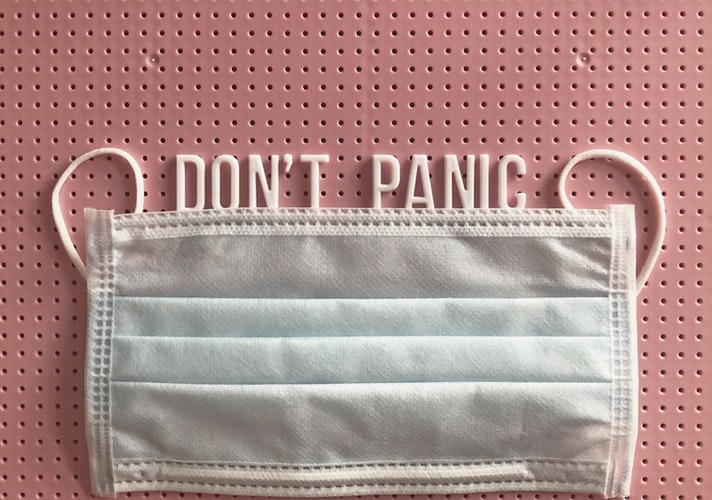
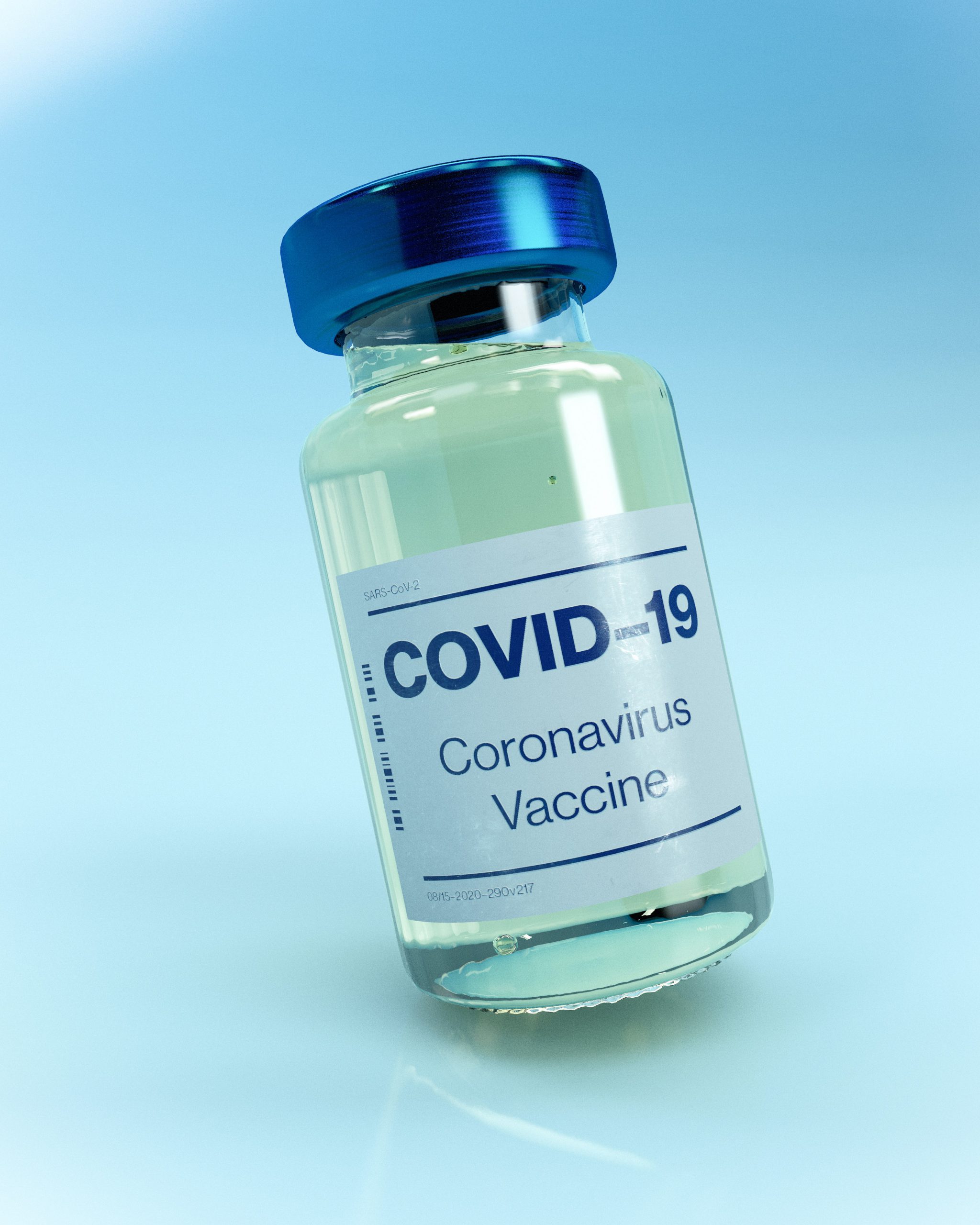
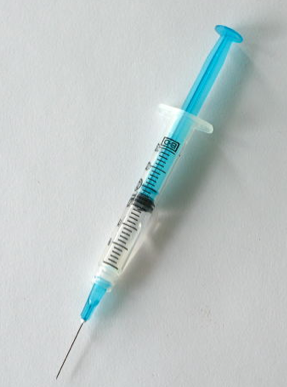

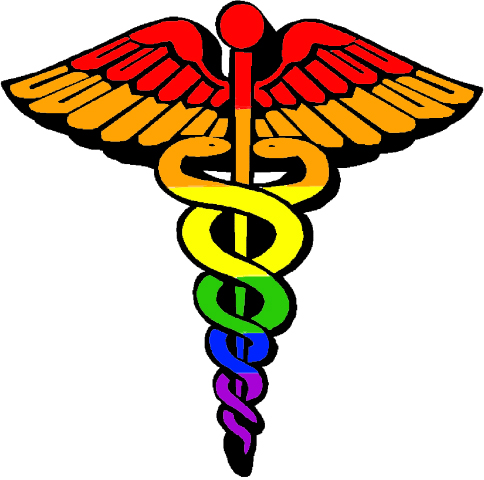
1 Comment